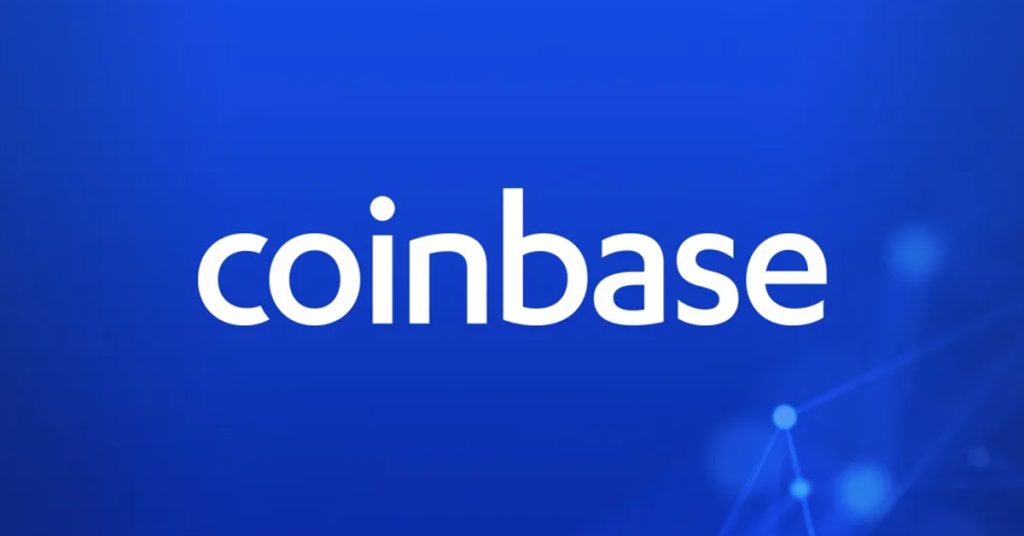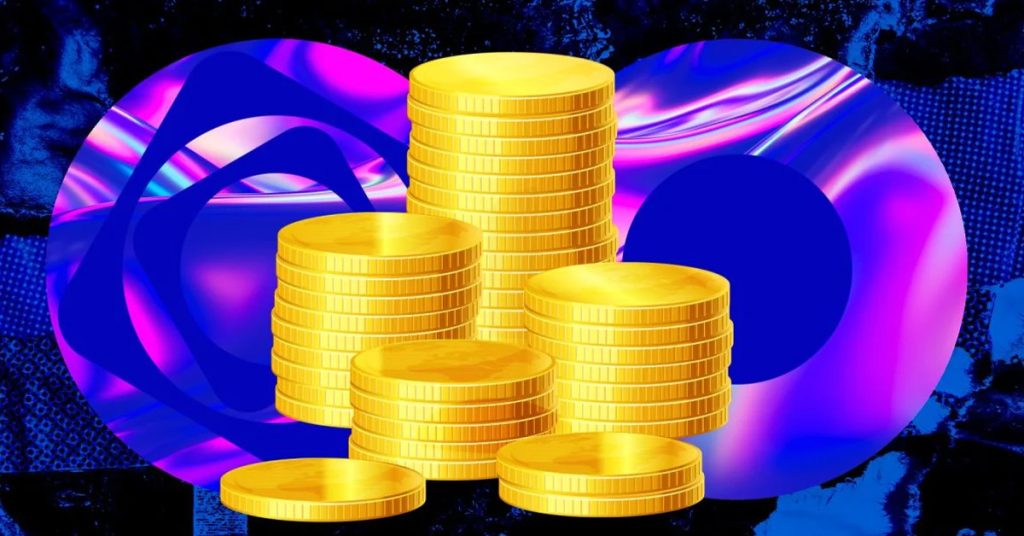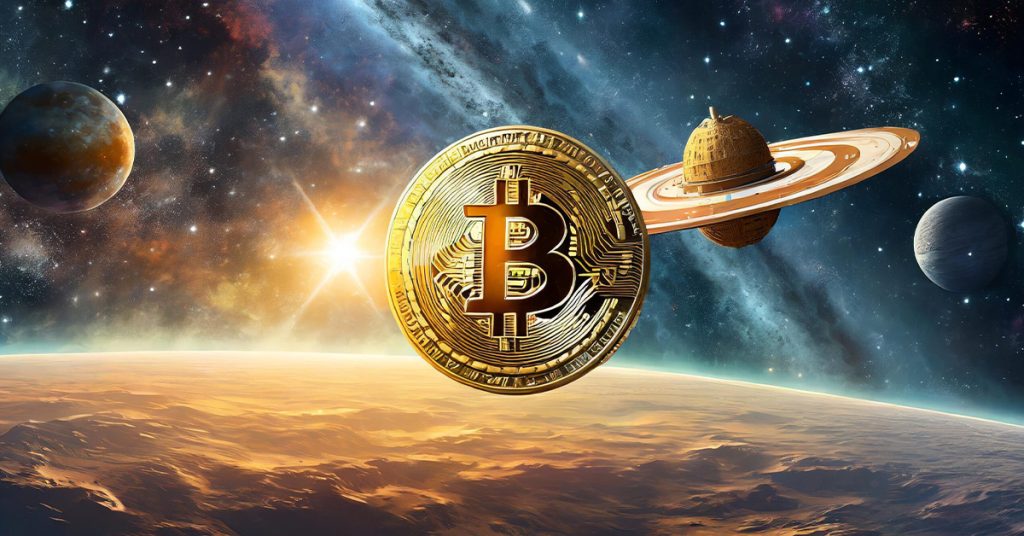The History of Debt – Until Bitcoin
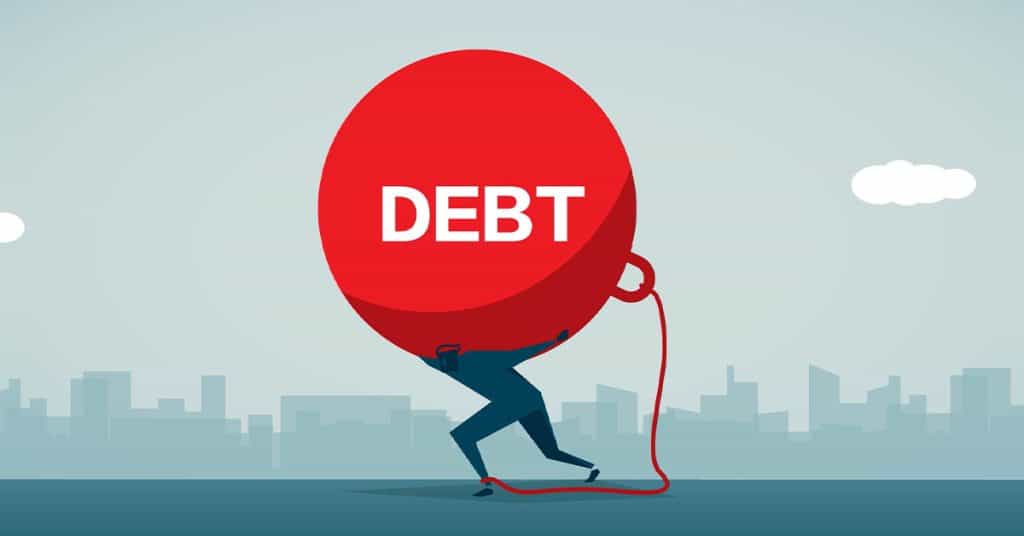
TL;DR
Economists have always told us the story that money came after barter, and only then came debt. But according to anthropologist David Graeber, in his book Debt: The First 5,000 Years (2011), it is not the case that we first bartered eight chickens for a goat and only later invented money. No, debt existed before it all. What does this tell us about our financial system and about Bitcoin’s role in it?
If you think Ethereum’s Proto-Danksharding aka EIP-4844 is a rabbit hole, wait until you start researching the history of money, the biggest rabbit hole of them all.
On our way down you will gather nuggets of knowledge from sociology, anthropology, engineering, and of course economics. Few people know enough about all fields to have a comprehensive view of what money is. Few… but we will.
As crypto enthusiasts, we are drawn to this what-is-money rabbit hole and a successful descent is necessary if we want to make sure our belief in crypto is valid. We’re in crypto for… the technology – right? But how does this magic new technology relate to previous ones? Understanding this will make our conviction stronger when number go down for a while…
Is Debt Our Number 1 Problem?
For many people their interest in Bitcoin springs from a sense that something is wrong with the traditional financial system. That intuition is often – justly – inspired by the image of a central bank money printer.
Then there’s the related issue of debt. People have become aware that the current level of debt in our financial system is unsustainable. The 31 trillion dollar debt of the US government is indeed unlikely to be paid off, barring a productivity miracle. A more likely solution will be to switch on the money printer and inflate the debt away, hurting every saver’s purchasing power.
Many Bitcoiners don’t like the concept of debt. Bitcoin is what one calls a ‘bearer instrument’ – like gold. Its value doesn’t depend on another party making good on its promise. A bearer instrument is great: it’s something you can hold in your vault or your hardware wallet and no authority can take it from you. So, debt is – rightly – perceived as a problem in our financial system. But does this mean that debt is always and in and of itself a problem?
Both gold and Bitcoin are in a sense ‘anti-debt’ because there is no other party involved. There is no counterparty risk. And I think because of this, many Bitcoiners shun debt altogether, viewing it as the cancer of our financial system, controlled by governments and banks.
There is probably truth to this but I challenge you to read the view of anthropologist David Graeber in his classic book Debt, the First 5000 Years, debt has existed since prehistoric times and has been the grease of the markets, however local and small. It’s perfectly natural for people to be indebted to each other. Only when a precise monetary value was attached to debt, and when governments started enforcing debt, hell broke loose. In times of famine, farmers had to take loans to feed their families. But the collateral for that loan included not just their home but also their wife and children. Because of this, the advent of debt expressed in monetary terms and enforced, introduced widespread slavery in the early big societies of Mesopotamia.
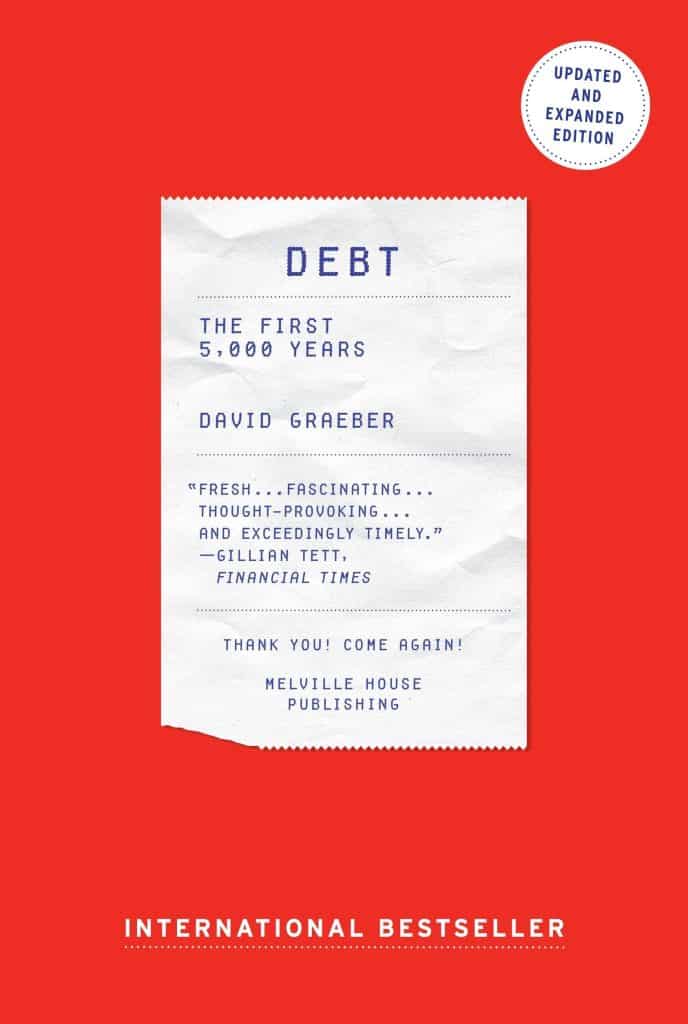
Let’s dive in and let’s have a look at what this means for the role of Bitcoin and crypto in general in our financial system.
Debt as ‘Layer 0’
Graeber starts by dismantling a false story about prehistoric trade we’ve all been told, namely that before there was money, people used barter: ‘in exchange for 12 chickens, I give you this fine-looking goat.’ Only later, so goes the orthodoxy under many economists, did people invent money, like shells and beads, and later, metals. And only then debt arrived on the scene. But Graeber argues:
“Our standard account of monetary history is precisely backwards. We did not begin with barter, discover money, and then eventually develop credit systems. It happened precisely the other way around. What we now call virtual money came first. Coins came much later, and their use spread only unevenly, never completely replacing credit systems. Barter, in turn, appears to be largely a kind of accidental byproduct of the use of coinage or paper money.”
So, taking the liberty to translate Graeber’s view to crypto bro’s parlance: we can view debt as the ‘Layer zero’ that preceded the invention of hard money. Or rather than debt, we should say: obligations people felt towards each other. It’s the universal: ‘I owe you one’ after someone has given you something or helped you out.
Money (beads, coins) only later made it possible to exchange goods and services with people who were not from your own circle. What about barter? That, according to Graeber, only happened between societies that had little contact with each other. In those cases, the ‘economy of service and reciprocity’ was not possible. Nor did money work because different people used different kinds of money. Only in that extreme case was there no alternative but to exchange sheep for goats.
But wait a second. How could people have a (small-scale) economy without using barter AND without having money? Well, people had a memory. They carried around ‘the ledger’ in their heads. In their heads they kept track of who did them a service or gave them goods. The fact that they couldn’t express the debt that resulted from this action in a concrete number, didn’t matter so much.
In other words, debt that preceded money didn’t need to be expressed in monetary terms. And that still holds true today in the small-scale economy of a neighborhood. If I give you a ride to the airport, I have built up some ‘credit’ with you. And you might help me with gardening some other time. Our ‘trade’ doesn’t depend on knowing if these services have the same monetary value. Credit does not have to be expressed in a currency to make a small society function. And this explains how people in prehistoric times could keep their society going while they had no money. It also implied that debt didn’t necessarily have to be repaid. Sure, it would help your social standing if you were generous to others, ‘repaying’ their favors, but unlike present-day Bailiffs, no one would stand at your doorstep to demand you rub their back asap because they massaged your feet 5 lunar cycles prior.
Hard Money as Layer 1
Scaling up this informal debt-based system from small communities to large societies in which people don’t know each other required physical money. That’s the ‘Layer 1’ on top of the ‘Layer 0’ which was debt/credit that people carried around in their heads.
According to Graeber, money – be it shells or, later, silver, copper and gold – made debt ‘scalable’. (Again, ‘debt’ does not carry the heavy connotation it has with us. View it as offering a service and the implicit expectation of getting something in return. There was no amount attached to the debt and no bailiff’s order.)
But scaling up this system from small communities to large societies where people don’t know each other required physical money, a ‘Layer 1‘ on top of the ‘Layer 0’ which was debt.
Graeber: ‘A system of pure credit money would have serious inconveniences […]. Credit money is based on trust, and in competitive markets, trust itself becomes a scarce commodity. This is particularly true of dealings between strangers.’
You can view this Layer 1 of hard money as a technology like many others in human history that scales up small-scale processes. The invention of physical, hard money allowed for trade across long distances between people who couldn’t have ‘outstanding debt’ with each other. The invention of hard money abstracted the debt away from intimate social relations.
You can also see hard money as an invention that outsources the mental load of storing different debts in our memory. Compare it to the technology of writing. Instead of remembering stories, we invented writing to confine to paper what was in our minds. This aspect of ‘outsourcing’ a mental load also applies to the invention of money. We condensed into silver and gold coins what was previously in our minds.
By the way, Graeber posits that governments have in many cases been instrumental in kickstarting an economy with physical money. He gives the example of the huge challenge of feeding your troops that would march through your country. Instead of having a second army of suppliers follow them, you could also give these soldiers silver coins with the King’s face stamped onto them. Next, you set up a tax system where your people must pay the government taxes in these coins. Since the soldiers carry these coins, a market will spring up sustaining the troops.
Seems like a nice way to get a market economy off the ground. But according to Graeber, in line with the previous example, a market economy is dependent on a government. This of course introduces centralization/monopoly/inflation risks. We don’t need to explain to Bitcoiners how government control of the money supply will almost always lead to monetary debasement, aka money printer go brrr. That’s where paper currency comes in, the ‘corrupted government sidechain’.
Currency as a Corrupted Sidechain
We can’t leave paper currency out of this discussion of layers. Paper currency, or fiat currency issued by governments has gradually replaced hard money (coins). Remember that paper money is a representation of money. Originally, paper notes were covered by gold or copper bullion and coins in bank vaults.
Just like a sidechain in crypto, paper currency was useful for solving scaling issues. A sidechain helps with solving transaction throughput issues and high fees. Similarly, paper notes are easier to carry around and administrate.
But while paper currency indeed makes transactions more practical, it is like an untethered, corrupted sidechain of hard money. Because of course, since the earliest time of banks that issued paper notes, it turned out to be irresistible to print more paper than there was gold, silver or copper in the vault. That is why, unlike scarce hard money such as gold, paper money will lose its value over time. It’s an inflationary process.
The Role of Bitcoin
So, after stacking these layers, we see that debt has always been the grease of human societies. It’s in our human nature that where goods and services are going in one direction, ‘credit’ goes in the other.
What is the relation between debt and Bitcoin? If it’s true that debt is the foundation layer of human society, why do we need anti-debt, aka Bitcoin?
Well, as explained, we need a layer of hard money on top of debt. While debt can function in small societies and doesn’t require hard money, we need hard money to scale debt to larger societies. But this layer of hard, physical money is not practical for most purposes in current society – imagine the transaction latency and fee of an international transaction involving shipping gold bars! The sidechain of paper currency has always been the solution to this problem but has time and again led to inflation of the supply – really theft by governments.
If only we had a form of hard money that also would be scalable: travel across countries at the speed of light, with low transaction fees…
Aha! And that’s it, right there. The promise of Bitcoin – and, arguably, crypto in general – is that it combines the advantages of incorruptible hard money with the nimbleness of paper money.
Bitcoin is arguably the best hard money, the best Layer 1 on top of debt. Why? Like gold before, it enables transactions between parties who do not know and may not trust each other. It is trustless and can work where a debt-based currency does not function (After 2022, Russia will not ever trust the paper promises from the US ever again).
Perhaps debt creation itself is not the problem, suggest books like Graeber’s. What is problematic, according to the author, is a government’s monopoly of violence over money and debt. It can force the use of a certain kind of money. The Central Bank alone has the ‘money printer’. So, while Bitcoin won’t rid us of debt – it doesn’t need to – it might just free us from the central bank… Well, at least we can dream!











